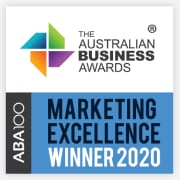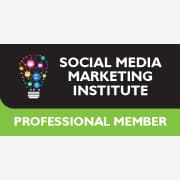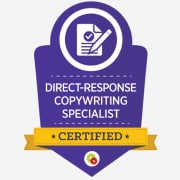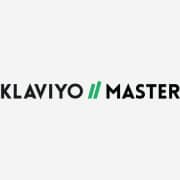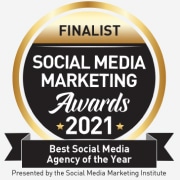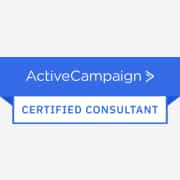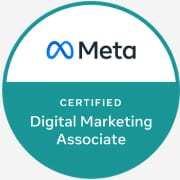Choosing the right campaign type in Facebook Ads Manager
Marketing managers often ask me, “which Facebook campaign type should I pick?” There are so many campaign types to choose from when creating sponsored content, however, they all offer different outcomes.
So, which one should you choose to complete the full journey from awareness, to consideration, to conversion?
Identifying Facebook targets against the buyer journey
When creating Facebook campaigns, having a clear idea of what outcome you want to achieve really comes in handy. This is because the campaign objectives match the stage of a buyer’s journey. For example, if you’re meeting your cold audience for the first time and asking them to marry you, then you’ll scare them away. That’s why choosing campaign objectives that will support the buyer journey with the right messaging will make a world of difference.
Here’s a breakdown of the Facebook campaign targets in relation to the buyer journey.
Awareness
- Reach
This campaign objective optimises to reach as many people as possible in your target audience. Tip: It’s the only one that allows you to generate calls to your business through its unique ‘Call Now’ call-to-action button.
- Brand Awareness
This campaign has a similar objective to the Reach campaign, except this objective takes more notice of the type of people that are also engaging with your content to reach more people like them.
Consideration
- Send Message
This is one of our go-to campaigns at Missing Link Social Media, as it works perfectly for encouraging new customers to engage with your business through Facebook Messenger.
Tip: Use this campaign to generate conversations with people who have visited your website previously, but haven’t yet purchased.
- Lead Generation
Another Missing Link Social Media favourite, this campaign works to collect customer data such as email addresses. This works best as an exchange deal, whereby the customer gets something of high value such as an ebook, checklist or some other form of lead magnet in return for their details.
- Event Response
The event response is a perfect campaign for event managers who want to gather RSVPs for a Facebook event.
- Engagement
This campaign works in a similar way as the “boost post” feature. So you’d opt for this objective if you’re looking to get likes, comments, or shares on your content.
- App Installs
This campaign is perfect if you’re launching a new app you want users to download.
- Page Likes
Use this campaign if you’re looking to build your community and increase your likes.
- Video Views
Video views is another one of our go-tos. The video views campaign works well for brand awareness and adding value to your customers. If you make a lot of video content that educates people, you’ll want to opt for this objective as it acts as a conversion prompt.
Tip: You can ask Facebook to optimise for 3-second views, 10-second views, or video completions which is 15-seconds views or more.
- Traffic
This campaign is probably one of the most popular campaigns amongst Facebook managers. You have the option to optimise for link clicks or actual landing page views, which goes beyond a click and optimises for people actually landing on the destination page until the Facebook pixel loads.
Conversion
- Catalogue sales
This campaign works well when you want to sell products to users who have viewed your e-commerce products previously. This feature allows you to create a catalogue of products that will be served back to visitors on their Facebook feed, prompting them to return to products they’ve shown interest in.
- Conversions
This conversion campaign is one of our favourites as it acts as a helpful tool when generating lots of conversions within ad sets. Use this campaign if you’re optimising a particular campaign such as users viewing your content, adding to cart, downloading content or purchasing.
Tip: Keep in mind that you need at least 15 to 25 conversions per week per ad set for the algorithm to build up enough data to work effectively.
- Store Visits
Facebook knows which people are close to your physical store, and so gives you the option to reach them.
To use this campaign objective, you need to have “Location Pages” set up within Facebook. If you have multiple physical store locations, the Location Pages feature comes in handy to manage all of your pages through a larger “parent” or national page.
Need help choosing campaign types?
Although the number of campaign objectives may seem overwhelming, each campaign type is built for a purpose. Which is your go-to campaign type? Leave a comment below or get in touch. We’d love to hear from you.
